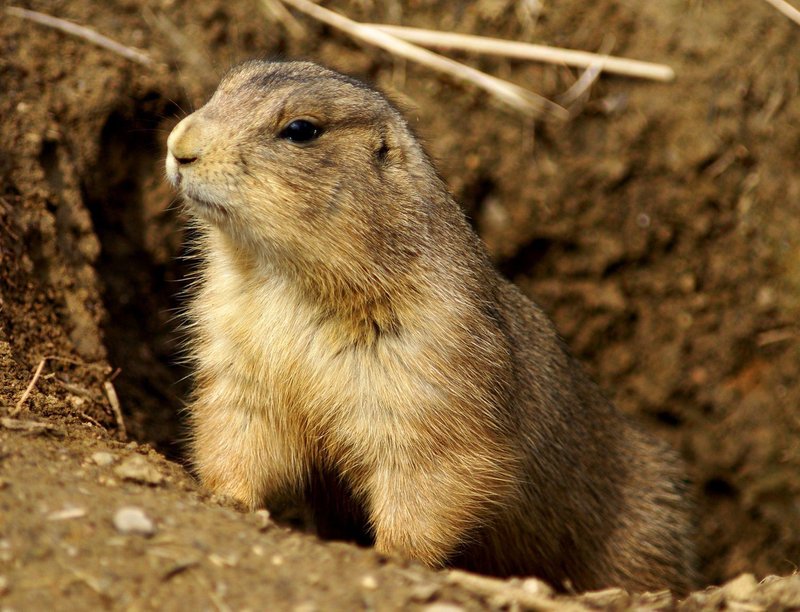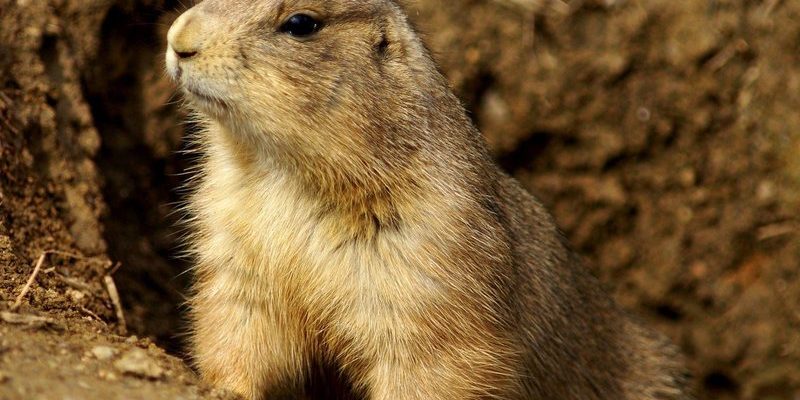
Honestly, prairie dogs are more than just adorable animals—they play a critical role in their ecosystem. They’re not just little farmers of the prairie; they help maintain the landscape, making it suitable for other species. Let’s dig deeper into the common myths surrounding these social rodents and set the record straight about their behavior, habitat, and importance in the environment.
Myth 1: Prairie Dogs Are Just Like Other Rodents
You might be thinking, “Aren’t prairie dogs just your average rodents?” Well, here’s the thing: They are part of the squirrel family. But unlike your typical mouse or rat, prairie dogs exhibit some pretty unique behaviors. Their social structure is fascinating. They live in large colonies called “coteries,” which range from a few dozen to hundreds of individuals. Imagine living in a big neighborhood where everyone looks out for each other. That’s how they operate!
Prairie dogs communicate with each other through a complex system of barks and chirps. Some studies suggest that they can even describe specific threats, like different predators. It’s like having a mini-communication network constantly buzzing with information! So, while they may share some traits with other rodents, prairie dogs stand out in their own unique way.
Myth 2: Prairie Dogs Are Pests That Destroy Farms
You might hear people call prairie dogs “pests” because they dig tunnels and create large colonies in areas where crops are grown. While it’s true they can cause damage to farmland, it’s important to look at the bigger picture. These little guys are often seen as the gardeners of the prairie ecosystem. Their burrowing aerates the soil and helps it retain moisture. Think of them as nature’s little tillers!
Moreover, prairie dog towns create habitats for other wildlife, including birds, foxes, and even reptiles. These interconnected ecosystems are vital for the environment. So, while they might nibble on some crops, they also serve a greater purpose. Instead of being labeled as pests, perhaps we should appreciate them as crucial players in the prairie landscape.
Myth 3: Prairie Dogs Are a Threat to Livestock
There’s a common belief that prairie dogs pose a significant threat to livestock. You might be wondering how tiny animals can impact larger animals, right? While it’s true they can compete for grassland, the reality is that the impact is not as severe as many think. Most livestock, like cattle and sheep, can coexist with prairie dogs without major issues.
In fact, cattle have been shown to graze well alongside prairie dog colonies. The grazing habits of livestock can even help control vegetation, which benefits prairie dogs. It’s a classic case of coexistence! So while there might be some competition for resources, it doesn’t mean they’re outright enemies.
Myth 4: Prairie Dogs Are Endangered Because They’re Overpopulating
You might have heard that prairie dogs are endangered due to overpopulation. Here’s where things get a bit complicated. Prairie dogs do reproduce quickly; they can have several pups each year. However, the bigger threat to their population comes from habitat loss, disease, and persecution by humans.
Many of their burrows have been destroyed for agricultural expansion and urban development. It’s like if you had to fight for your living space because a new mall was being built next door! Conservation efforts are vital to help regulate their populations and ensure they have safe habitats. Rather than being a story of overpopulation, it’s a tale of survival against the odds.
Myth 5: Prairie Dogs Are Dangerous to Humans
You might think that interacting with prairie dogs could be risky, but that’s another misconception. Prairie dogs aren’t aggressive and generally avoid human contact. They are more likely to pop back into their burrows at the sound of our footsteps. While they can carry diseases, like any wild animal, the risk is quite low if you observe them from a safe distance.
So, if you’re out hiking in prairie dog territory, just be respectful. Enjoy watching them from afar, just like you’d admire a piece of art in a gallery. There’s beauty in their wildness, and no need to fear.
Understanding prairie dogs means peeling back the layers of myths and misconceptions that surround them. These creatures are vital to their ecosystems, maintaining the balance of their habitats while also providing a unique glimpse into wildlife social structures. It’s time to drop the labels and appreciate the prairie dog for what it truly is: a fascinating, essential part of our natural world.
So whether you encounter them in the wild or learn about them through stories, remember the importance of these animals. Let’s celebrate their role in the prairie and help foster a better understanding of their contributions to the environment. After all, knowledge is the key to coexistence!

